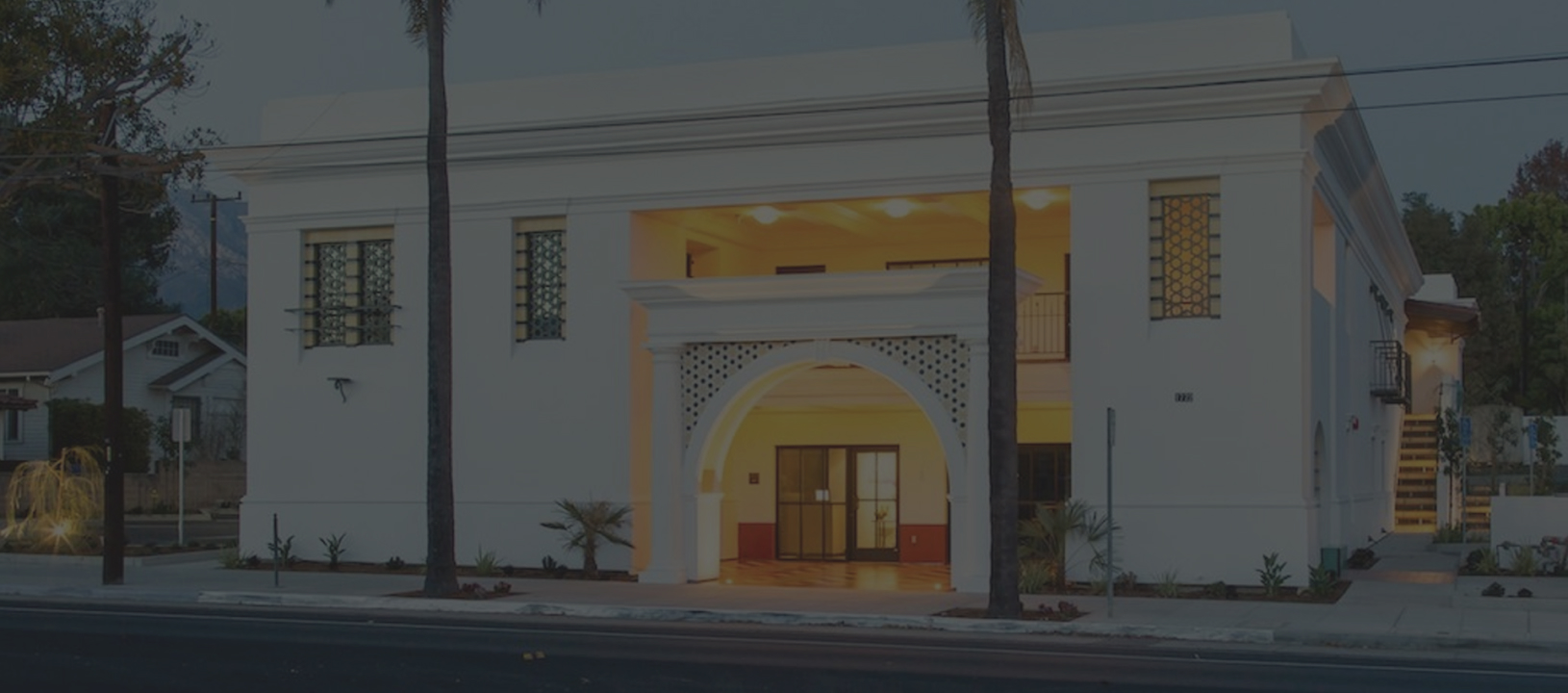
Nipple Surgery in santa barbara, ca
Breast lifts, breast reductions and breast augmentations with implants are common and well-known surgical procedures for women who decide they want a new breast shape and contour. There is also another type of breast enhancement known as nipple surgery—but unlike other breast procedures, it can change how the breasts appear with no downtime and little recovery.
Nipple surgery, or nipple repair, is most commonly performed to correct nipple inversion. Inverted nipples point inward or lie flat as opposed to pointing outwards. Nipple surgery is also performed to reduce the size of wide areolas and realign asymmetrical nipples.
At Montecito Plastic Surgery, Dr. Lowenstein can perform nipple surgery alone or combined with other procedures such as breast lift, breast implants and breast reduction to enhance the overall appearance of the breasts.

FAQs
What is nipple inversion?
The most common reason women seek out nipple surgery is to correct inverted nipples or flat nipples. Nipple inversion can occur in one or both of the nipples. Inverted nipples usually don’t respond to physical stimulation or changes in temperature. It is estimated that nearly 10% of all women have an inverted nipple to some degree.
Nipple inversion can be congenital, meaning it occurs at birth. The nipples can also turn inward after breast surgery or breast injury. Other reasons for nipple inversion include pregnancy, breastfeeding and aging as the breasts start to change beginning in the mid-30s. Breast inversion can continue through menopause as the milk ducts shorten, causing tension in the nipples and pulling them inwards.
Who is a good candidate for Santa Barbara nipple surgery?
Since the milk ducts usually have to be cut to correct an inverted nipple, one of the most significant risks of nipple surgery is the inability to breastfeed. Therefore, the ideal candidates for nipple surgery are women who have already breastfed or do not plan on doing so in the future.
Other candidates for nipple surgery are those with enlarged areolas, or wide areolas, who wish to reduce their size and make them more proportionate. It’s common for the areolas to become enlarged after patients have lost a significant amount of weight and have stretched skin as a result. The areolas may also become enlarged or stretched after pregnancy and breastfeeding or during menopause.
During your consultation with Dr. Lowenstein at Montecito Plastic Surgery, a treatment plan will be discussed. Dr. Lowenstein will help you determine if nipple surgery is right for you and explain what nipple surgery results you can expect.
What are the different degrees of nipple inversion?
Inverted nipples vary on a scale from one to three, with three being the most severe. In some cases, women who have grade one or two inverted nipples can correct their nipples nonsurgically with options like suction cups. Grade three nipple inversion, however, requires nipple surgery.
How long does nipple surgery take?
Nipple surgery is a quick and easy procedure compared to other breast augmentations. When performed alone, nipple repair takes around one hour and can be performed under local anesthesia.
Nipple surgery can be combined with other types of breast surgery and procedures like the Mommy Makeover. Women frequently choose to have nipple surgery performed alongside other procedures to achieve total transformation in the appearance of their breasts.
At Montecito Plastic Surgery, inverted nipple correction by Dr. Lowenstein is even easier. Everything is done in Dr. Lowenstein’s own private facility, so from the consultation to post-op care, your nipple surgery journey takes place in the same location and with the same staff.
Is nipple surgery painful?
Nipple surgery is a relatively comfortable procedure. It is done under local anesthesia, unlike most other surgical breast procedures which require general anesthesia. Nipple repair by Dr. Lowenstein takes around one hour from start to finish, and you can resume work the next day.
What can I expect after nipple surgery?
There is no downtime after nipple surgery, and patients are able to go home shortly after the procedure. Most patients can resume light activity the same day of nipple surgery. The nipples and breasts will be sore and tender for several days after, and Dr. Lowenstein may recommend that a compression bra be worn. Exercise after nipple surgery can be resumed gradually after two to four weeks.
Will I be able to breastfeed after nipple surgery?
The biggest risk of nipple surgery for nipple inversion is the inability to breastfeed in the future. Since nipple surgery involves cutting across milk ducts, it can decrease milk production after childbirth. Sometimes women can still breastfeed, but they may not be able to produce enough breast milk, and supplementation for the baby may be necessary.
Is nipple repair permanent?
In most cases, nipple repair is permanent. Sometimes, however, the nipples can become inverted again or enlarged. If nipple inversion is a result of pregnancy or breastfeeding, for instance, then the nipples may re-invert if the patient becomes pregnant again.
Nipple inversion may also reoccur if a patient gains a significant amount of weight or undergoes hormonal changes such as menopause that result in enlarged nipples. If nipple inversion does reoccur, then nipple surgery may be performed again.
What are the risks of nipple surgery?
As with any surgery, the normal risks of excessive bleeding, swelling and incision site infection are possible. Loss of sensation in the nipples is a risk of this procedure. Sensation loss is usually temporary and returns once the breasts heal from surgery, but in rare cases may be permanent.
You can rest assured that in choosing a board-certified plastic surgeon such as Dr. Lowenstein, risks and complications from nipple surgery are rare.
